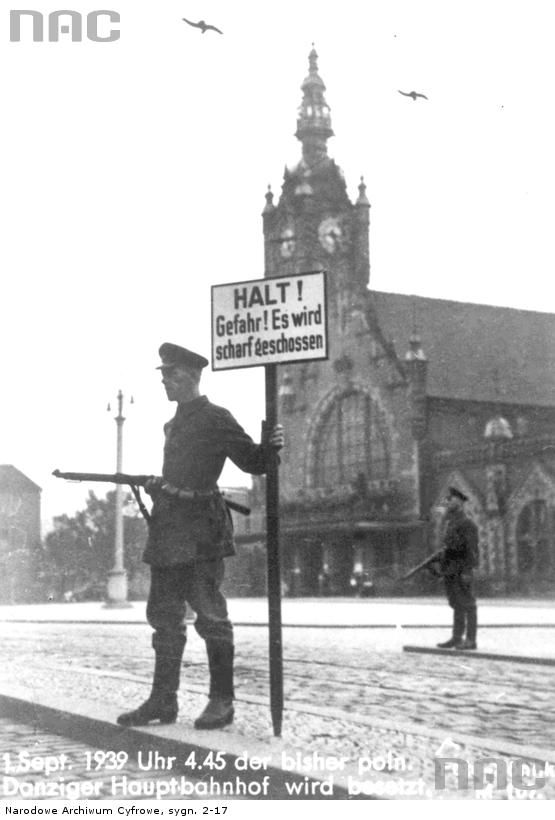Wednesday 16 August 1939
German/Soviet Diplomacy: German Foreign Minister Ribbentrop, at his Berchtesgaden-area castle located in Fuschl, receives a report from his ambassador to Moscow, Friedrich Werner von der Schulenburg, about the meeting held the previous day with Molotov in Moscow. The ambassador's report states that Molotov received Ribbentrop's statement of a desire for a rapprochement with the USSR "with the greatest interest" and that he would be in touch with the Germans after discussing it with Stalin.
Hitler is excited when he sees the report and tells Ribbentrop to respond affirmatively to several specific questions posed by Molotov, specifically:
- Did German wish to conclude a non-aggression pact with the USSR;
- Would the Germans pressure the Japanese to stop attacking the Soviets in the Far East;
- Would the Germans consider a "joint guarantee" of the Baltic states?
Pre-War
8-9 November 1923: Beer Hall PutschDecember 20, 1924: Hitler Leaves Prison
September 18, 1931: Geli Raubal Commits Suicide
November 8, 1932: Roosevelt is Elected
30 January 1933: Hitler Takes Office
February 27, 1933: Reichstag Fire
March 23, 1933: The Enabling Act
June 20, 1934: Hitler Plans the Night of the Long Knives
June 30, 1934: Night of the Long Knives
August 1, 1936: Opening of the Berlin Olympics
September 30, 1938: The Munich Agreement
November 9, 1938: Kristallnacht
August 1, 1939: Flight Tests of B-17 Flying Fortress
August 2, 1939: Einstein and the Atom Bomb
August 7, 1939: Goering Tries to Broker Peace
August 14, 1939: Hitler Decides To Attack Poland
August 15, 1939: U-Boats Put To Sea
August 16, 1939: Incident at Danzig
August 20, 1939: Battle of Khalkhin Gol
August 22, 1939: Hitler Tips His Hand
August 23, 1939: Ribbentrop-Molotov Pact
August 25, 1939: Hitler Postpones Invasion of Poland
August 27, 1939: First Jet Flight
August 31, 1939: The Gleiwitz Operation
2019


No comments:
Post a Comment